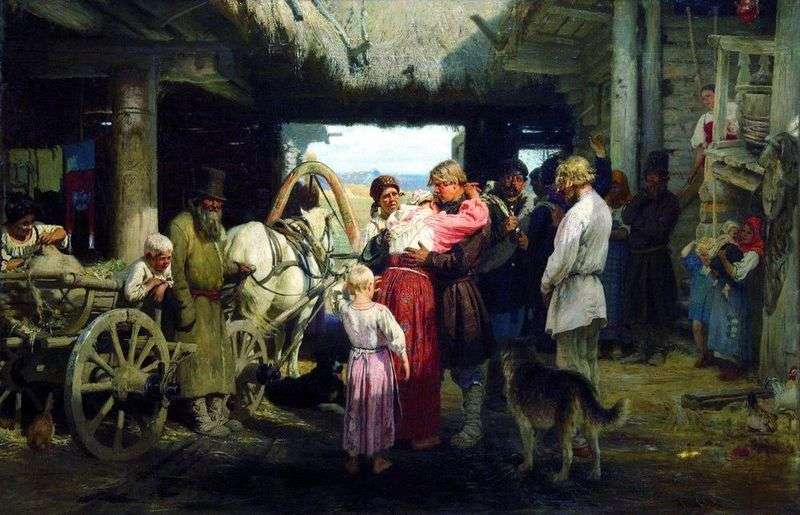
There is no such person who would not know the name of the great Russian artist I. Repin. His paintings adorn the collections of the most famous museums, and the most prominent of them are familiar to most schoolchildren. “Ivan the Terrible and his son Ivan”, “Barge Haulers on the Volga”, “Sadko”, “Religious Procession in the Kursk Gubernia” and other works of the master at one time enthusiastically met both ordinary viewers and professional critics. Separately in the series of these canvases is the painting “Seeing a Recruit”. No, it is no less famous and written as talented, but it still did not receive approval from critics. What is Repin disappointed lovers of art?
“Seeing a Recruit” – hardly the only picture of Repin, in which he refuses to direct criticism of impartial aspects of the life of a Russian village in the second half of the XIX century. Shrouded in an aura of good spiritual sadness, with sincere sympathy for the difficult fate of ordinary peasants, the bright picture was called archaic-sentimental. The canvas was unexpected for the viewer, but revealed the artist from the new side.
The idea of creating a picture came to Repin during a family vacation at the Abramtsevo estate, owned by his friend, the philanthropist Savva Mamontov. A long walk on the estate and the surrounding area, the artist watched the life of local peasants. At one of these walks, they saw the scene of the wires of a still young recruit.
Just thinking about a picture, Repin had a premonition that he would not be understood. The artist did not share his thoughts and experiences with anyone regarding the created picture, although most of the sketches, sketches and watercolors were painted directly in Abramtsevo. The master worked secretly, privately, shutting himself up from everyone in the workshop.
The picture was released in 1879 and was shown more than once at Mobile exhibitions. The canvas is quite complex, diverse and multi-figured. All the peasant people came to say goodbye to the young recruit. Sad views of others. On the shoulder of her son, whom she probably sees for the last time, the mother is crying bitterly. Adult men and old men who have seen a lot in their lives are silently hanging their heads, realizing how severe the trials have to go through an ordinary peasant guy. No small child plays or has fun, as usual – children also keenly understand everything that happens. The figures of the mourners are written in such a way that it becomes clear what thoughts, emotions, experiences took possession of the person.
Masterfully the artist depicted and peasant life. A wooden log house opens behind the crowd, a canopy, a loaded wagon, linen hanging to dry are visible, and you can see the traditional costumes of the peasants up to trifles.
The life of the Russian village, the fate of the peasants, from the sadness and sorrow Repin embodied in the traditional painting style, using a soft palette of colors. The result of the work was an emotionally strong, light canvas, which can be seen today at the permanent exhibition of the Russian Museum in St. Petersburg.
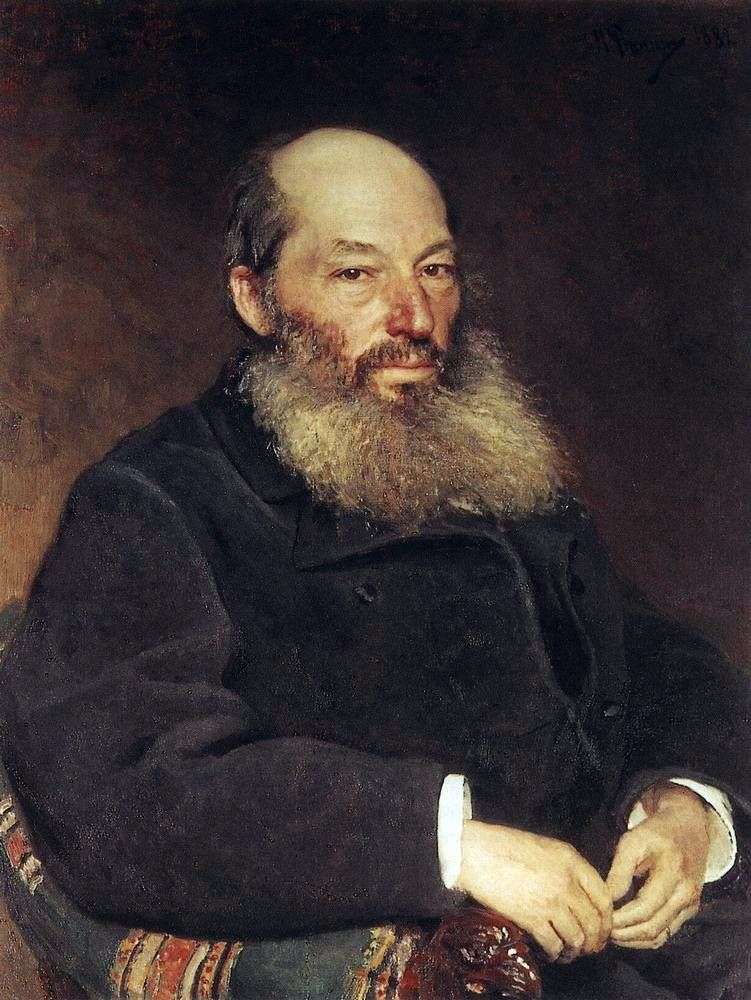 Afanasy Fet by Ilya Repin
Afanasy Fet by Ilya Repin The timid little man by Ilya Repin
The timid little man by Ilya Repin The ceremonial meeting of the State Council on May 7, 1901 by Ilya Repin
The ceremonial meeting of the State Council on May 7, 1901 by Ilya Repin Portrait of N. I. Pirogov by Ilya Repin
Portrait of N. I. Pirogov by Ilya Repin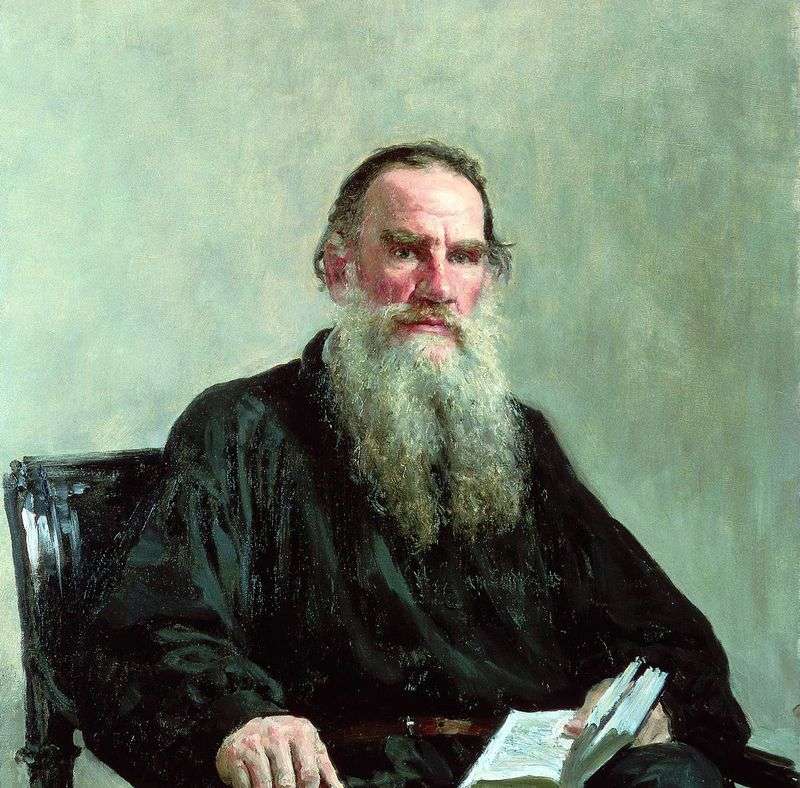 Portrait of L. N. Tolstoy by Ilya Repin
Portrait of L. N. Tolstoy by Ilya Repin Pavel Mikhailovich Tretyakov by Ilya Repin
Pavel Mikhailovich Tretyakov by Ilya Repin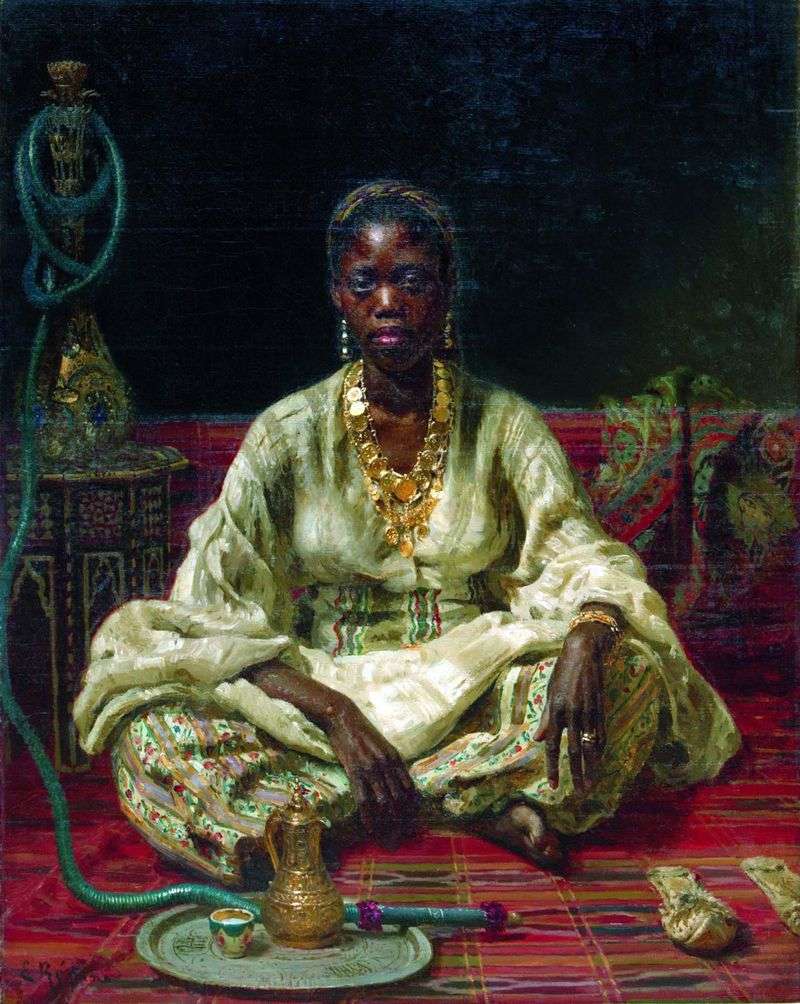 Negro Woman by Ilya Repin
Negro Woman by Ilya Repin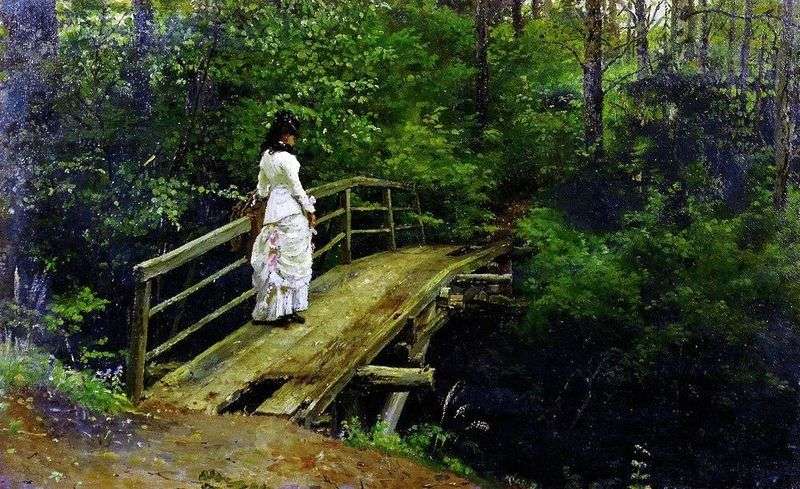 Vera Repin on the bridge in Abramtsevo by Ilya Repin
Vera Repin on the bridge in Abramtsevo by Ilya Repin